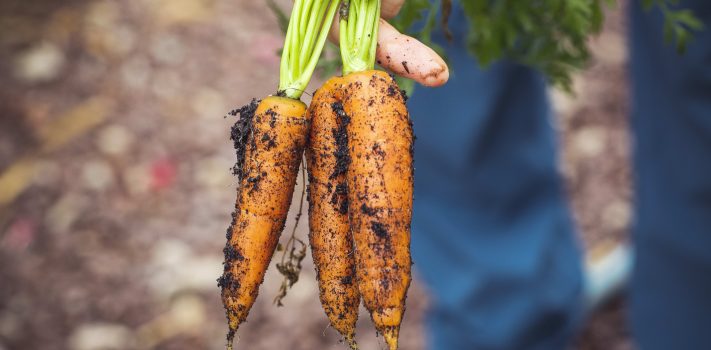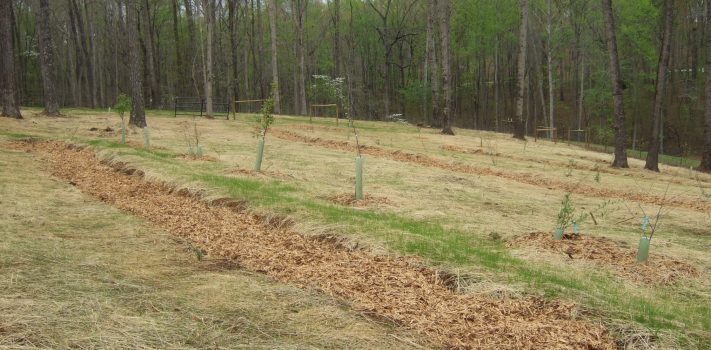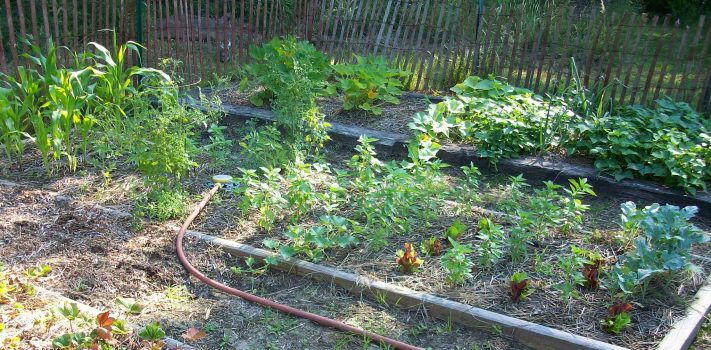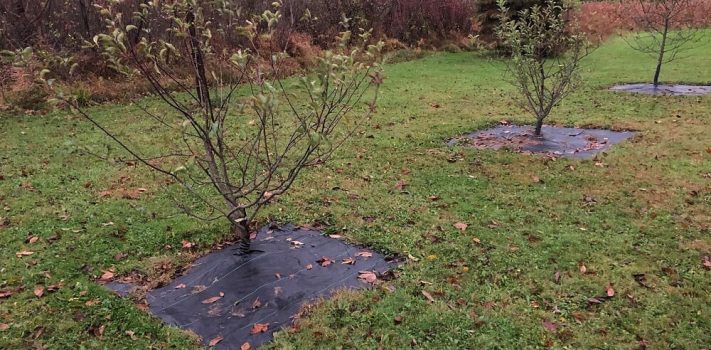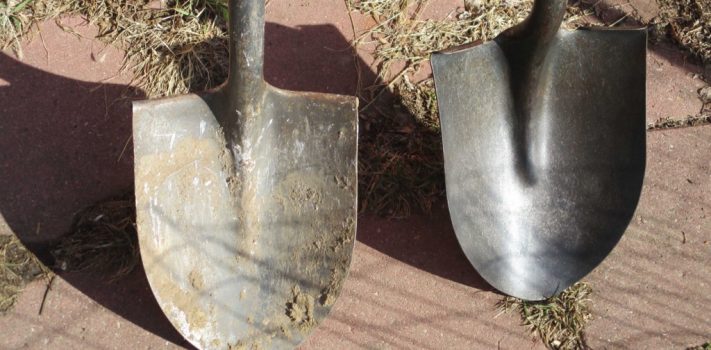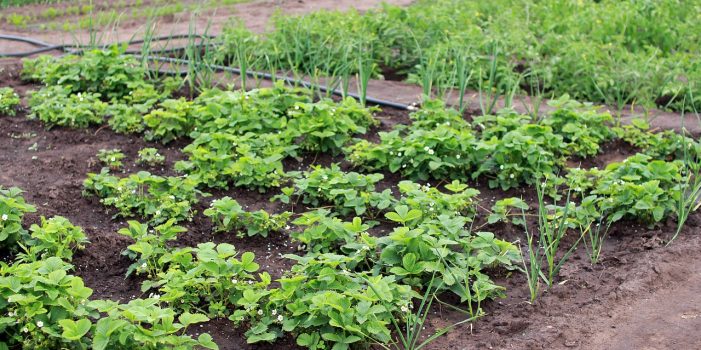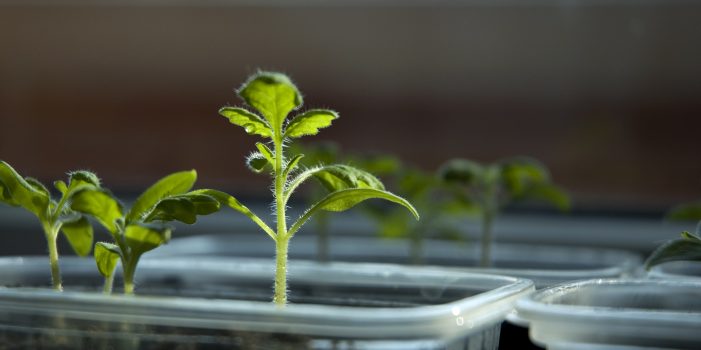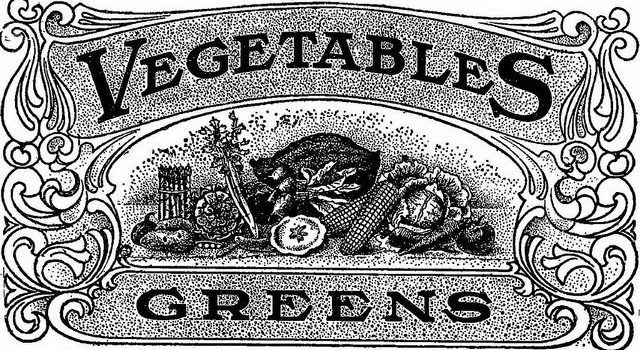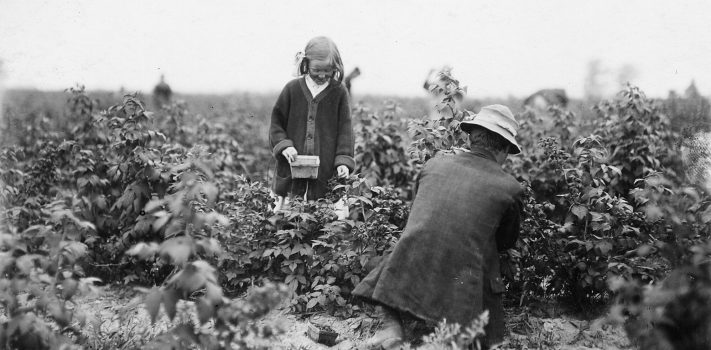Survival Gardening: The Most Vital Prep – Part 1, by T.J. Dixon
Many of us would regard someone with one year of freeze-dried food as a good example of someone who is prepared. They are ready to ride out the storm when a major Without Rule of Law (WROL) scenario comes along. The issue then becomes, what happens after that first year? Even if they escape mob violence because they have effective self-defense supplies and have trained both at the gun club and in tactical scenarios, they will be out of food in one short year. While they have may all the medical supplies to handle small and large emergencies throughout that …

